Quick Highlights:
- Beyond the Basics: Explore unique herbal remedies beyond common treatments like tea tree oil.
- Research-Backed Solutions: Discover plant extracts with scientific evidence for fighting dandruff.
- Natural Approach: Gentle yet effective options to combat dandruff’s root causes.
- Herbal Allies: Learn about saw-wort, myrtle, celery, pineapple, and Quassia amara and their benefits.
Dandruff, those persistent white flakes, can truly impact your confidence and comfort. If you’re seeking relief from an itchy, irritated scalp and those tell-tale flakes, it might be time to explore nature’s pharmacy.
While tea tree oil and coconut oil are celebrated for their dandruff-fighting potential, this article shines a spotlight on lesser-known herbal remedies. Backed by scientific studies, these plant-based treatments offer a promising, natural way to manage dandruff and its bothersome symptoms.
TLDR: Looking for natural dandruff relief? Discover research-supported, lesser-known herbal remedies like saw-wort, myrtle, celery, pineapple, and Quassia amara. These plant extracts boast anti-fungal and anti-inflammatory properties to help reduce dandruff symptoms, offering a gentle, natural approach.
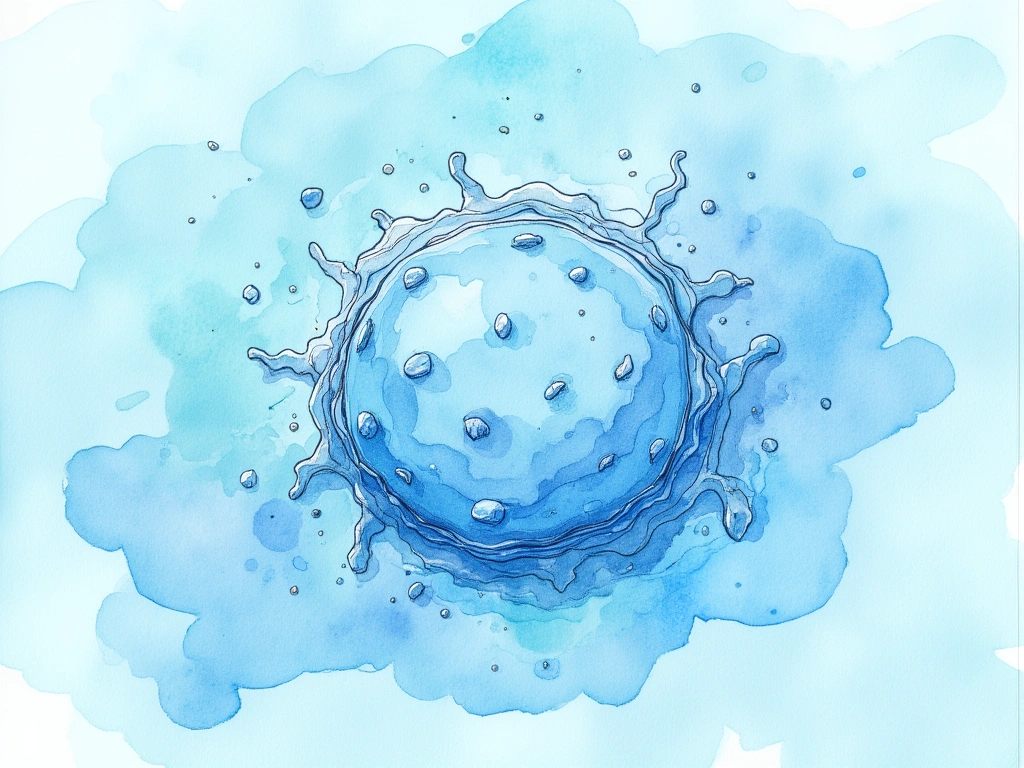
Understanding Dandruff: More Than Just Dry Skin
Dandruff, especially seborrheic dermatitis, is more than just a cosmetic nuisance; it’s a chronic inflammatory skin condition. Primarily affecting the scalp, face, and chest, its causes are complex and multifaceted:
- Malassezia Overgrowth: An overgrowth of Malassezia yeast, a naturally occurring fungus on the skin, is a primary culprit. This overgrowth triggers inflammation and increased skin cell shedding [1].
- Excess Sebum: Seborrheic dermatitis is often linked to overactive oil glands. Hormonal fluctuations and genetics can influence sebum production [2].
- Immune Response: An imbalanced immune response to Malassezia and other skin microorganisms can lead to chronic inflammation [3].
- Compromised Skin Barrier: A weakened skin barrier allows Malassezia and other microbes to thrive, exacerbating the condition [4][5].
- Genetic Predisposition: Genetic factors influencing immunity and skin barrier function can increase susceptibility to seborrheic dermatitis [1].
- Microbiome Imbalance: Disruptions in the skin’s natural microbial balance can contribute to seborrheic dermatitis [6][7][2].
Seborrheic dermatitis manifests as greasy scales, red patches, and itching, primarily in oil-rich areas. Conventional treatments range from topical antifungals and anti-inflammatory medications to alternative therapies.
Managing seborrheic dermatitis effectively requires a personalized, multi-pronged approach that addresses both the underlying causes and provides symptom relief.
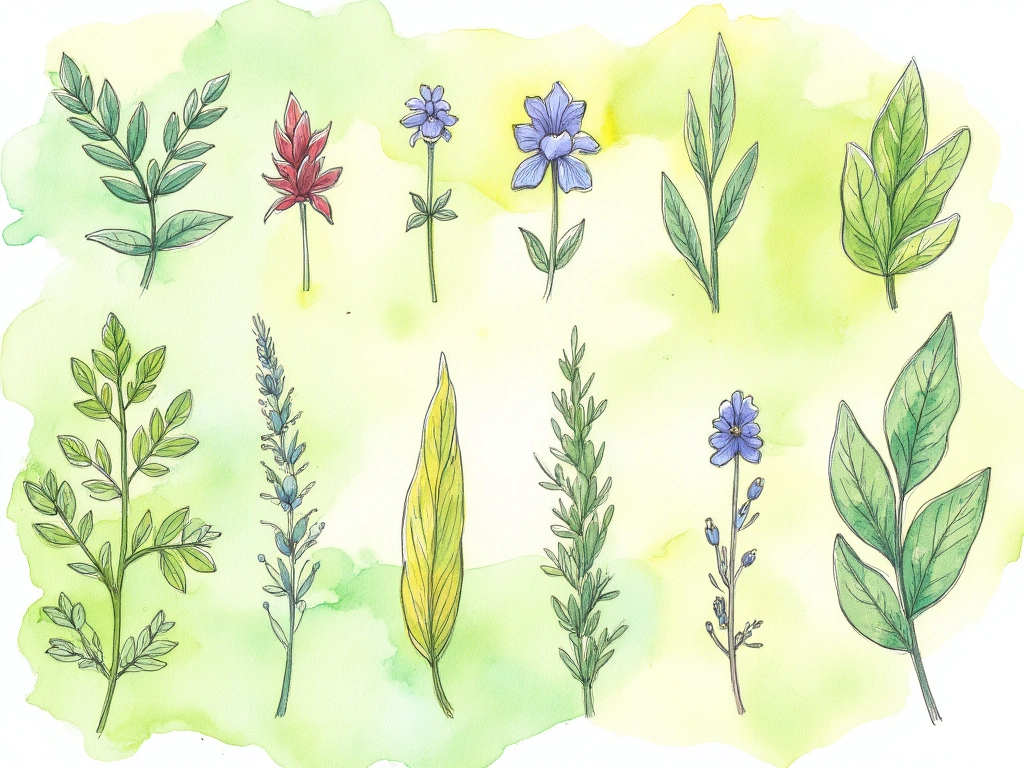
Harnessing Plant Power: Lesser-Known Herbal Remedies for Dandruff
Nature offers a wealth of solutions for various ailments, and dandruff is no exception. While common natural remedies exist, exploring lesser-known herbal options can uncover effective and gentle alternatives. This section delves into plant-based extracts with research-backed anti-fungal and anti-inflammatory properties, offering promising avenues for combating dandruff naturally.
Here are some compelling herbal remedies for dandruff that have demonstrated encouraging results in scientific studies:
1. Saw-Wort (Serratula Coronata)
Saw-wort stands out due to its high concentration of ecdysteroids. These compounds have shown potential in alleviating dandruff symptoms. A clinical study highlighted the benefits of a 2% Serratula coronata extract cream, which significantly reduced itching, pain, and redness in individuals with seborrheic dermatitis [8].
2. Myrtle (Myrtus Communis)
Myrtle, a fragrant Mediterranean plant with a history in traditional medicine, presents another effective herbal remedy for dandruff. Research indicates that a myrtle extract solution outperformed some conventional anti-dandruff products in improving itching and reducing dandruff [9].
3. Celery (Apium Graveolens)
Beyond its culinary uses, celery harbors a potent compound called senkyunolide-A. Studies have demonstrated its ability to significantly reduce dandruff severity, alleviate itching, and diminish scalp redness [9].
4. Pineapple (Ananas Comosus)
Pineapple, a tropical delight, offers more than just a sweet taste. A 2% pineapple cream has been shown to effectively reduce redness and oiliness, two key factors contributing to dandruff [10].
[IMG: A graphic showing a pineapple next to a healthy, dandruff-free scalp]
5. Quassia Amara
Originating from South America, Quassia amara contains triterpenoids with natural anti-inflammatory properties. A 4% Quassia amara gel proved to be as effective as, or even superior to, standard dandruff treatments in reducing seborrheic dermatitis severity [].
While further research is always valuable, these herbal remedies offer promising natural alternatives for managing dandruff and seborrheic dermatitis.
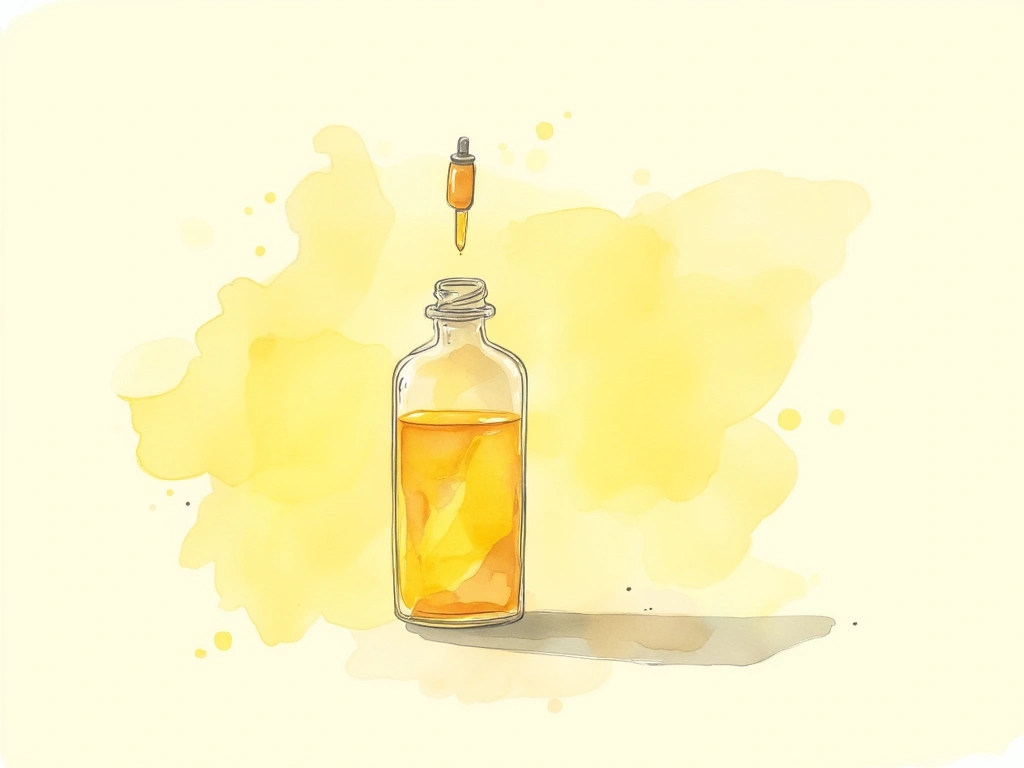
Integrating Herbal Remedies into Your Dandruff Care Routine
Remember that individual responses to herbal remedies can vary. Here’s how to thoughtfully incorporate them into your routine:
- Choose the Right Products: Look for shampoos, creams, or scalp oils formulated with the herbal extracts mentioned above.
- Start Slowly: Begin with a small amount to test for any sensitivity, gradually increasing usage as tolerated.
- Consistency is Key: Be patient and use consistently. Visible improvements may take several weeks of regular application.
- Seek Professional Advice: For severe or persistent dandruff, consult a dermatologist or healthcare professional for personalized guidance and treatment options.
These natural remedies can be a valuable, gentle addition to your dandruff management strategy, but they are not a replacement for medical advice when needed.

Exploring Other Dandruff Treatment Options
Beyond herbal remedies, various other documented treatments can help manage dandruff. Consider these alternatives:
Over-the-Counter Solutions
- Zinc Pyrithione: An antifungal agent that helps regulate skin tissue and sebum production.
- Coal Tar: Offers antifungal and anti-inflammatory benefits.
- Salicylic Acid: Aids in shedding excess skin cells.
- Selenium Sulfide: Combats Malassezia and promotes skin exfoliation.
Medical Interventions
- Phototherapy: Light therapy for severe cases unresponsive to topical treatments.
- Mild Corticosteroids: To address inflammation, but long-term use requires caution.
Natural Alternatives
- Tea Tree Oil: Anti-inflammatory, antibacterial, and antifungal properties.
- Aloe Vera: Soothing and anti-inflammatory.
- Honey: Antimicrobial and moisturizing.
- Probiotics: Specific strains may support gut health and immunity, influencing skin conditions.
Lifestyle Adjustments
- Stress Management: Stress reduction techniques like meditation can be beneficial.
- Diet Modification: Dietary changes, such as reducing oils, dairy, and sugar, may help some individuals.
For persistent or severe dandruff, consulting a dermatologist or healthcare provider is crucial for tailored advice and treatment strategies.
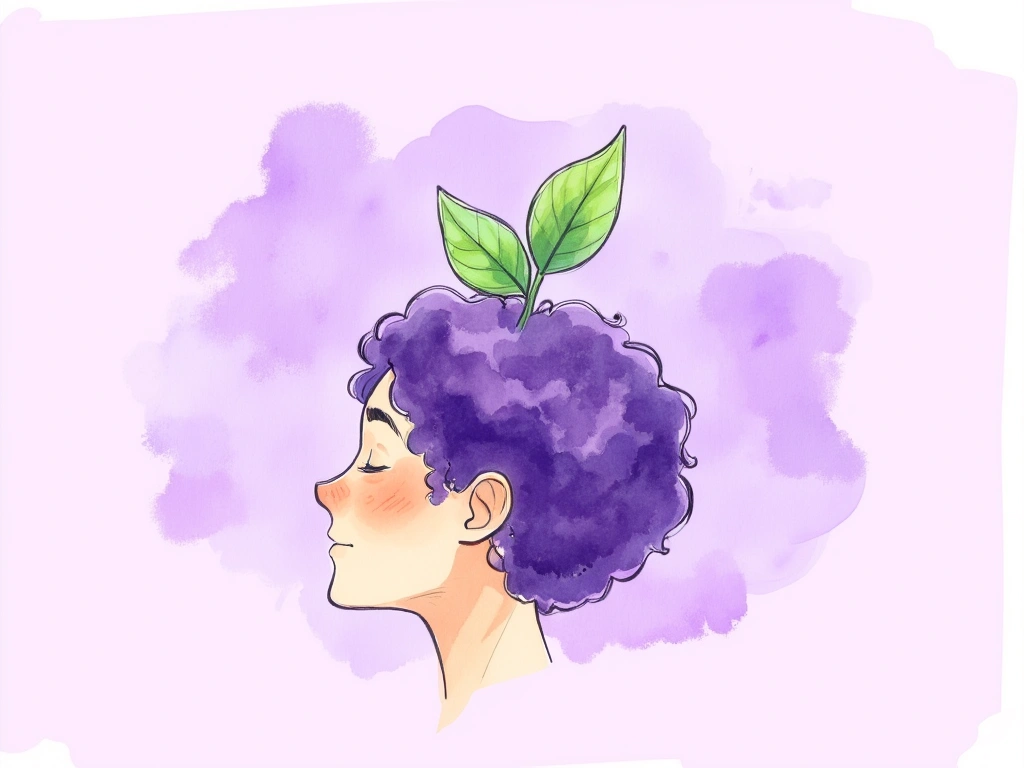
Embracing Nature for a Healthier Scalp: The Herbal Remedy Advantage
Dandruff can be a persistent challenge, but effective solutions don’t have to rely solely on harsh chemicals. This article highlighted the potential of herbal remedies as a gentler, more natural approach to managing dandruff and seborrheic dermatitis.
Key Takeaways:
- Dandruff is often linked to Malassezia yeast overgrowth and inflammation.
- Factors like genetics, immunity, and skin barrier function play a role in seborrheic dermatitis.
- Herbal extracts from saw-wort, myrtle, celery, pineapple, and Quassia amara exhibit anti-fungal and anti-inflammatory properties.
- Research suggests these remedies can reduce dandruff symptoms like itching, scaling, and redness.
Incorporating these natural remedies into your hair care regimen may offer a valuable complementary approach to dandruff management.
[IMG: A graphic showing various herbs and plants next to a box of anti-dandruff shampoo]
Don’t let dandruff control your confidence. Explore the potential of nature’s bounty with these lesser-known herbal remedies. While ongoing research is important, these plant-based options provide a gentle alternative to conventional treatments, especially for those seeking natural solutions beyond common choices like tea tree and coconut oil.
If you’re eager to delve deeper into herbal and natural treatments, consider exploring tea tree oil, aloe vera, probiotics, and dietary adjustments. The power of plants may hold the key to your healthy, flake-free scalp!
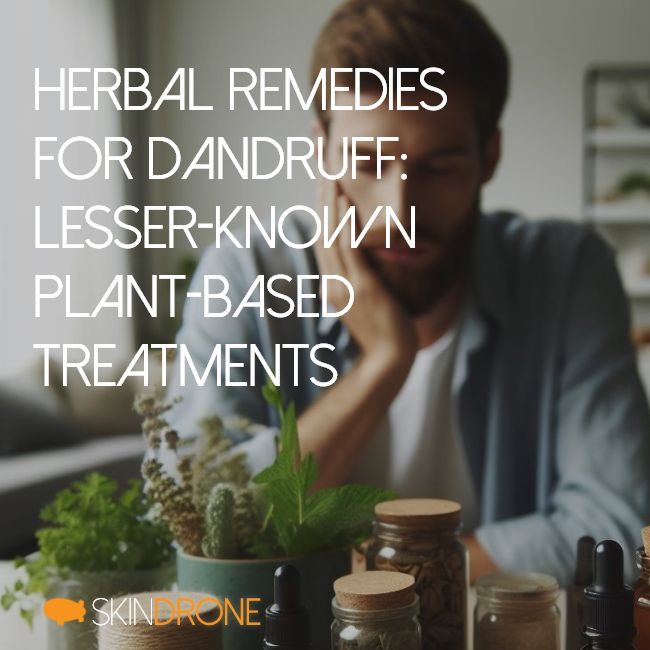
No Comments
Be the first to start a conversation